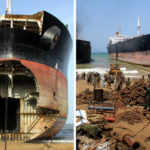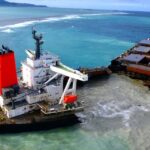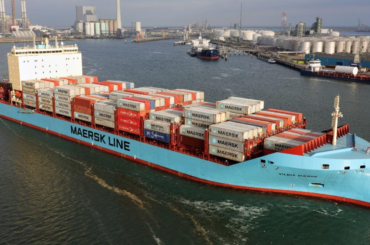According to an analysis of a top think research institute, Australia’s nuclear-powered submarines based on technology developed through America U.S. could cost a staggering $122 billion for the implementation.
In a report released last week, it was revealed that the Australian Strategic Policy Institute (ASPI) identified that the best economically feasible option to implement the submarine partnership between Australia and the United States (AUKUS) which was signed in September could cost around $83-92 billion. The “economic-build” option assumes that the submarines will be constructed in Adelaide and would be built in parallel, in a time-short delivery schedule.
If the subs were constructed in a sequential manner by using a “continuous-build” approach, with each delivery lasting between three and four years, the construction process would be longer, and the total cost of delivery would be higher between $109 and 122 billion, with inflation included.
“This new enterprise will be a massive undertaking and probably the largest and most complex endeavor Australia has embarked upon. The challenges, costs and risks will be enormous. It’s likely to be at least two decades and tens of billions of dollars in sunk costs before Australia has a useful nuclear-powered military capability,” is the conclusion of the report.
The cost drivers are those in the US and UK moving to larger submarine designs; the choice of build strategy, and the wider infrastructure and support system required to run nuclear submarines. The authors also noted that once these cost drivers are thoroughly identified, it is possible that estimates will increase significantly, placing an enormous tax burden on the taxpayers.
In September it was announced that the Australian government declared that it was planning to acquire nuclear submarine (SSN) capability with help from the UK as well as the U.S. In a short time, the Australian government ended a previous diesel-electric sub-contract with France the previous agreement was in danger of being canceled due to concerns about the schedule and capabilities. The price of the acquisition was around $40 billion in dollars constant however cost increases were an increasing worry.
Under AUKUS The Australian government has announced plans to acquire at least eight nuclear-powered submarines that have sizes ranging from 10,000 and 7,000 tonnes.
According to ASPI the decision of Australia to make an investment in highly capable, lethal subs was in large part influenced by the shift in the balance of military power across the Indo-Pacific region, where China is using “military power and intimidation to achieve its ends.”
“The Australian government has assessed that the risks and uncertainties associated with China’s continued aggression towards and coercion of its neighbors warrant taking the significant political and economic risks associated with this decision,” stated the report.
Australia considers nuclear-powered submarines to be an important deterrent because of their obvious superiority to conventional submarines, specifically its speed and durability, and capacity to produce more time at a stations.
For instance, it was noted in the report that diesel submarines take 20 days to get to the South China Sea from a base at HMAS Stirling in Western Australia, then another 20 days to return , leaving only 11 days to go on patrol. During this period, the vessel would require breaking the surface numerous times in order to recharge its batteries, which could expose it to the detection of vessels, submarines as well as satellites because of its increased radar, heat and noise signatures.
A faster nuclear submarine will take approximately seven days to get to the zone of operations and take another seven days before returning and allow 75 days of patrol, with its more endurance. This would mean the equivalent of 600 percent more time at the station for one mission in which case at no time would the submarine be required to breach the surface.






